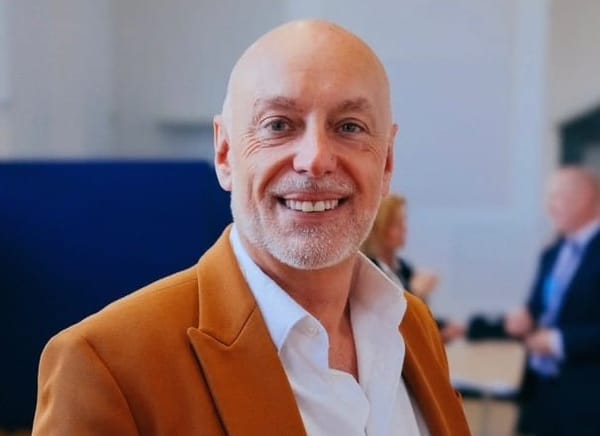Retired GP Discovers Three New dinosaur species on the Isle of Wight and proves you’re never too old to do a PhD

By Education Correspondent
A retired GP from the University of Portsmouth has discovered three new species of dinosaur on the Isle of Wight — transforming what scientists know about Britain’s prehistoric past.
Dr Jeremy Lockwood, 68, swapped his stethoscope for fossils after retiring from medicine, joining the University’s palaeontology programme to study the island’s rich fossil beds.
His work has since revealed three previously unknown species that lived around 125 million years ago.
Lockwood’s fascination with fossils began in childhood in the West Midlands, where he spent hours searching for trilobites in local quarries. That early passion was reignited decades later during family holidays on the Isle of Wight — often dubbed “Dinosaur Island” for its wealth of discoveries.
“I started finding bones on the beaches and realised there was still so much to learn,” he said. “That curiosity never really left me.”
Lockwood enrolled for a PhD under Professor Dave Martill at the University of Portsmouth and began analysing thousands of dinosaur bones from the Natural History Museum and the Dinosaur Isle Museum. His medical training, he says, shaped his precise approach to anatomy and variation.
His first major breakthrough came while studying a skull thought to belong to Mantellisaurus atherfieldensis.
A distinctive nasal hump revealed it was an entirely new species — Brighstoneus simmondsi, named after the nearby village of Brighstone and collector Keith Simmonds.
His second find, Comptonatus chasei, was identified from fossils discovered in 2013 at Compton Bay by local collector Nick Chase. Lockwood examined 149 bones and confirmed the remains represented a new genus, named in Chase’s honour.
The third discovery, Istiorachis macarthurae, emerged from the museum’s own collection. While reviewing old material, Lockwood noticed unusually long neural spines along the back and tail — suggesting a dinosaur with a distinctive sail-like structure. The name means “sail spine” and honours Isle of Wight sailor Dame Ellen MacArthur.
Lockwood’s research highlights how many significant finds still lie unnoticed in museum drawers.
“There’s so much material that hasn’t been fully examined,” he said. “Sometimes the most remarkable discoveries are hiding in plain sight.”
He now hopes to create a 3D model of Comptonatus chasei and to inspire others to explore the island’s geology. “Most people grow out of dinosaurs,” he said. “I never did.”
Fossils from all three species are now on display at the Dinosaur Isle Museum in Sandown.
The University of Portsmouth’s BSc (Hons) Palaeontology degree gives students hands-on fieldwork at world-famous fossil sites including the Isle of Wight and the Jurassic Coast.
Accredited by the Geological Society of London, the course combines practical training, research, and industry experience to prepare graduates for careers in science, consultancy, or museum work.
If you have a positive story or uplifting news to share, we’d love to hear from you!
Just email us at news@goodnewspost.co.uk.
Whether it's a local hero, an act of kindness, or a personal win, your story could help spread joy and improve someone’s mental health. Let’s make the world a little brighter, one good news story at a time.
And don’t forget—you can sign up for free to get the latest feel-good stories straight to your inbox!





